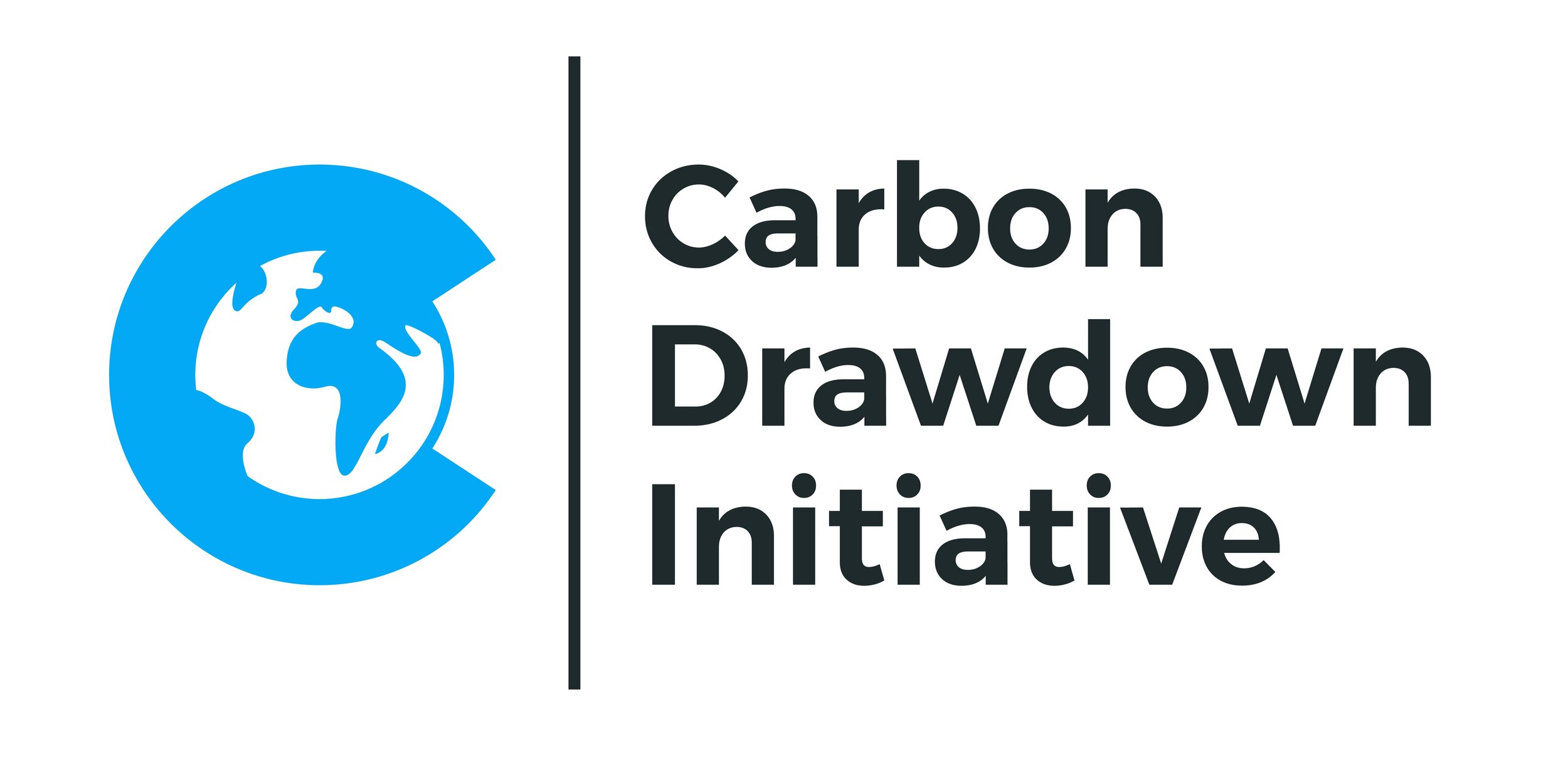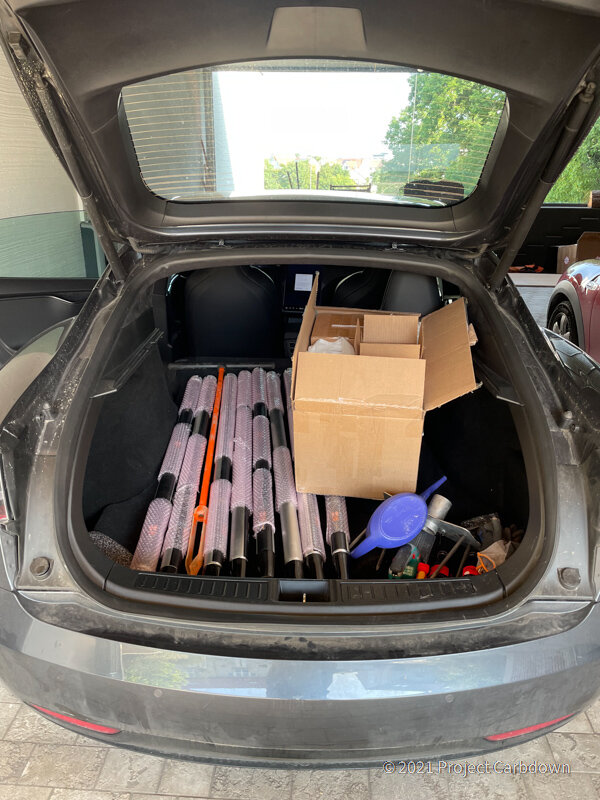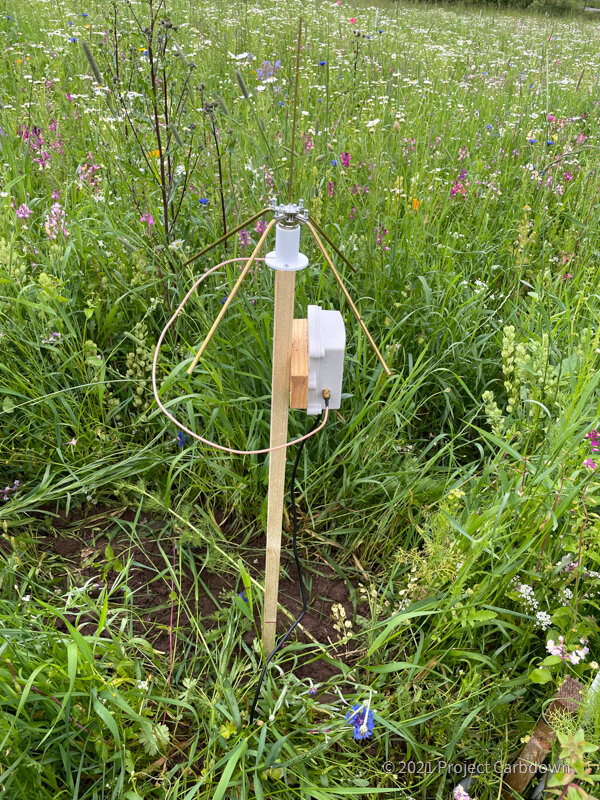6 Months of "Project Carbdown": What We Did This Summer (Photo Album)
Six months ago we started working for Project Carbdown on our fields in Larissa (Greece) as well as in Fürth and in Bramstedt (Germany). This blog is our photo album of what happened since then.
In early March the rabbits on our field in Fürth started wondering about these bags of basalt.

Then we started to break the ground on all fields:




The next steps were marking the plots on the fields (in Fürth we had 3 plots, in Larissa we marked more than 50 plots) and spreading the rock dust which was done by hand on most of the scientific plots:
Then the rock dust was mixed into the top 10-15 cm of the soil.
On some fields we also applied biochar. To finish the agricultural work all fields finally received fertilizer, seeds (we had flowers in Fürth) and water. The farming was finished.
Im April the actual science work began. Hundreds of artificial roots where planted into the ground. They enable us to take pore water samples over the next 1-2 years so we can measure the weathering process of the rock dust in the soil:
So-called “lysimeters” were also installed to measure the water flux (i.e. the amount of water going through the soil):
Furthermore we installed hundreds of electronic wireless sensors into the fields and added the necessary data-gateways, antennas and data recording systems in the cloud:
We sent several tons of soil samples taken from all our fields criss-cross around Europe so the soil could be analyzed in specialized labs and the closed-box-experiments in Hamburg as well as the pot-experiments in Wageningen could use the actual soil from our three cropland locations for the weathering experiments in the laboratory and greenhouse:
Remember the rabbits from the first photo? One day we found a tiny baby rabbit on the Fürth field, right next to a popular dog-walking-trail. We took it to safety and his mum was happy:
Now nature did its thing, sent all sorts of weather and made enhanced weathering possible on the field:
From day one we have been taking water samples using the lysimeters and artificial roots every other week in all locations.
Some measurements have to be made right on the spot using our mobile labs, but most measurements are done later in advanced laboratories, e.g. at Alfred Wegener Institut and University of Hamburg.
Some impressions of how the Fürth field changed over the course of the vegetation period:
Some impressions from Bramstedt:
In Hamburg the closed box experiments were set up using the soil from the fields:
In Wageningen the first pot experiments were set up and our CO₂ fluxmeters were installed on a field.
In September the cotton on our fields in Larissa/Greece was ready for harvesting:
Also in September Dr. Thomas Jung, the mayor of Fürth, visited our field:
And we did all this to find out whether rock dust on croplands can be one of the solutions for the climate crisis! Stay tuned for more results!




































































































